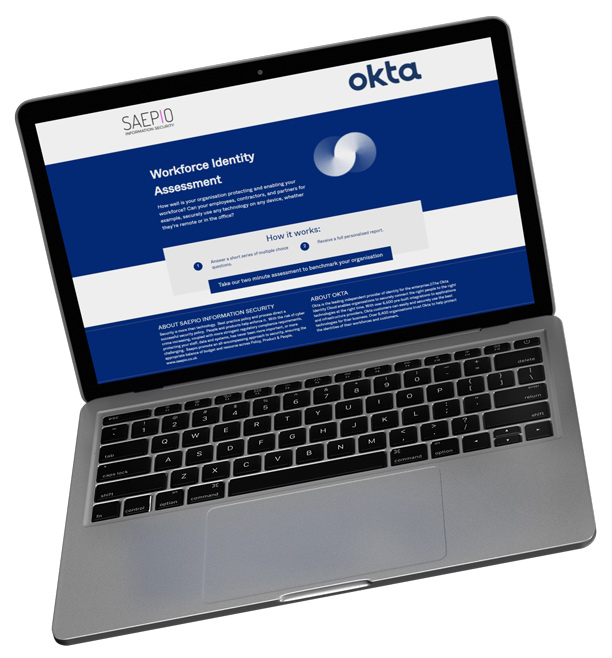Remote Onboarding
The cause of this, in several cases was down to a lack of understanding where the identities of staff, contractors and third parties were. Some in AD, some in excel sheets, some just in the dashboards of the individual apps needed. With different job profiles, access requirements based on department, seniority, and some on time limited basis, keeping up with the authentication and authorisation requirements for all the parties was causing both security risk and a time sink for IT time.
We’ve seen some interesting independent stats regarding the commonplace of some of these issues and the impact they have on business processes and efficiency is remarkable. For example:
- 62% of IT leaders have different strategies for identity management for full time employees versus contractors. 89% of those admit it represents a security concern.
- 1 in 5 employees still keep passwords in plain sight on sticky notes.
- According to Gartner, between 30-45% of all help desk calls are for password resets. According to Forrester, the average helpdesk labour cost for a single reset is £32
- The average time it takes a new starter to have access to all the applications they need to do their job is 22 days.
Simplifying identity and access management is an easy thing to say, but not an easy thing to implement. Understanding where all identities are kept, building the right policies and processes for managing them and integrating as many applications as possible into that strategy are all requirements to ensure proper execution. The outcome though for several teams was worth the pain of the fact finding and policy creation.
Being able to onboard staff remotely and with a few clicks, automatically provision access to the needed applications the minute they join the business so they can get to it was a refreshing experience, both for the end user and for IT. No need for a multitude of passwords and authenticators, an SSO centric approach to applications meant a reduction in help desk time and a productivity drive for staff.
If you’re looking at getting insight into where your IAM strategy is today and potentially areas to improve, we’d really recommend doing the Okta Workforce Identity Assessment – https://assessmenttool.okta.com/saepio/
The Workforce Identity Assessment is a quick, simple, and insightful exploration of the maturity of your identity posture and where you could drive efficiency, reduce risk, and modernize your identity and access management strategy.
During the assessment, you’ll gain:
- Insight into the maturity of your employees, contractors, and partners access to your IT systems and how to improve.
- Find inefficiencies and analysis of time and financial loss due to identity related processes.
- A risk assessment of identity and access related security risks and how to embed identity into security initiatives.
Contact Us
Our solutions specialists are always on hand to run you through the results or provide a workshop on taking the results and turning them into meaningful action. Please get in touch with your account manager or contact Saepio on +44 (0)1494 216 061 or contact@saepio.co.uk.




